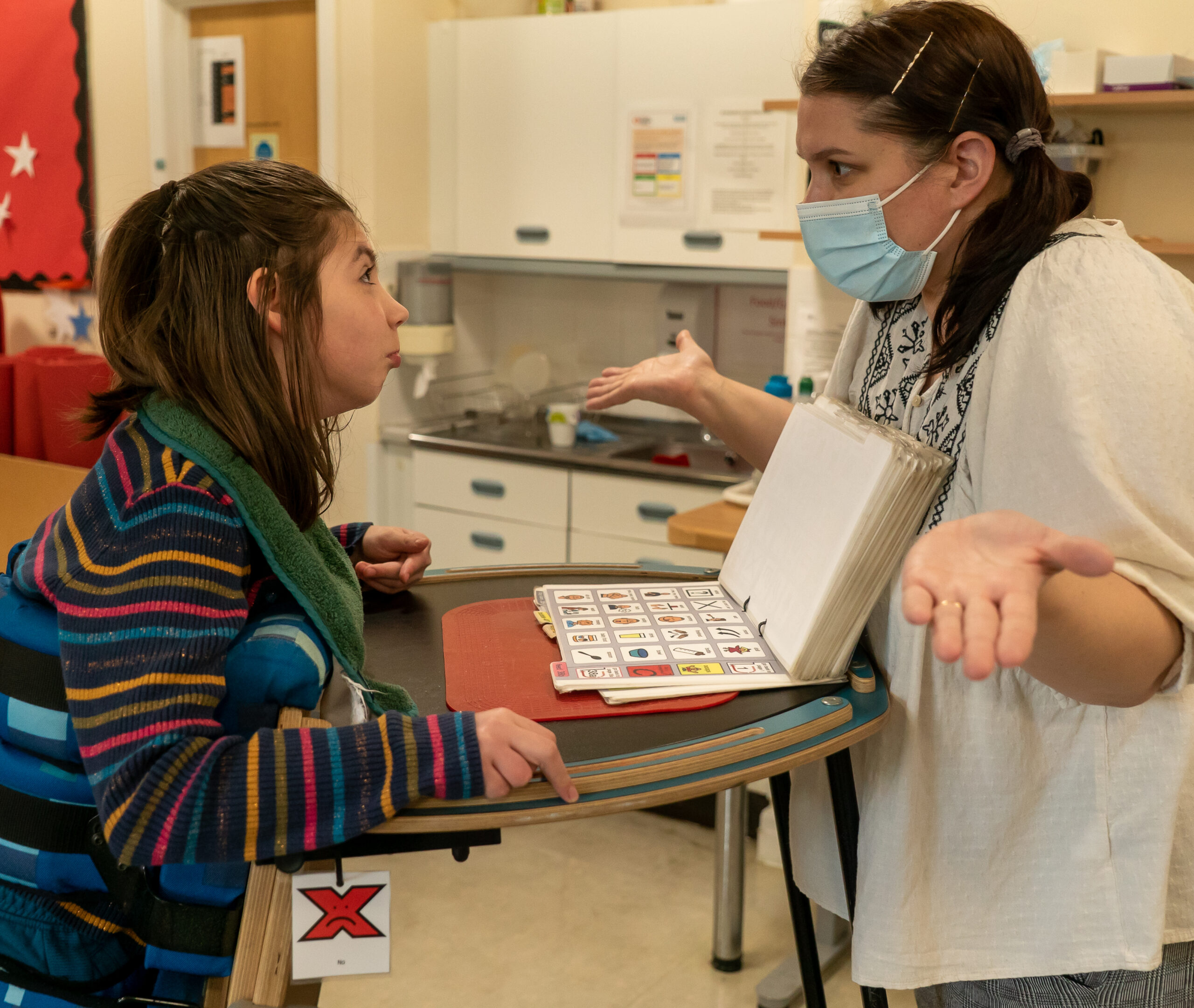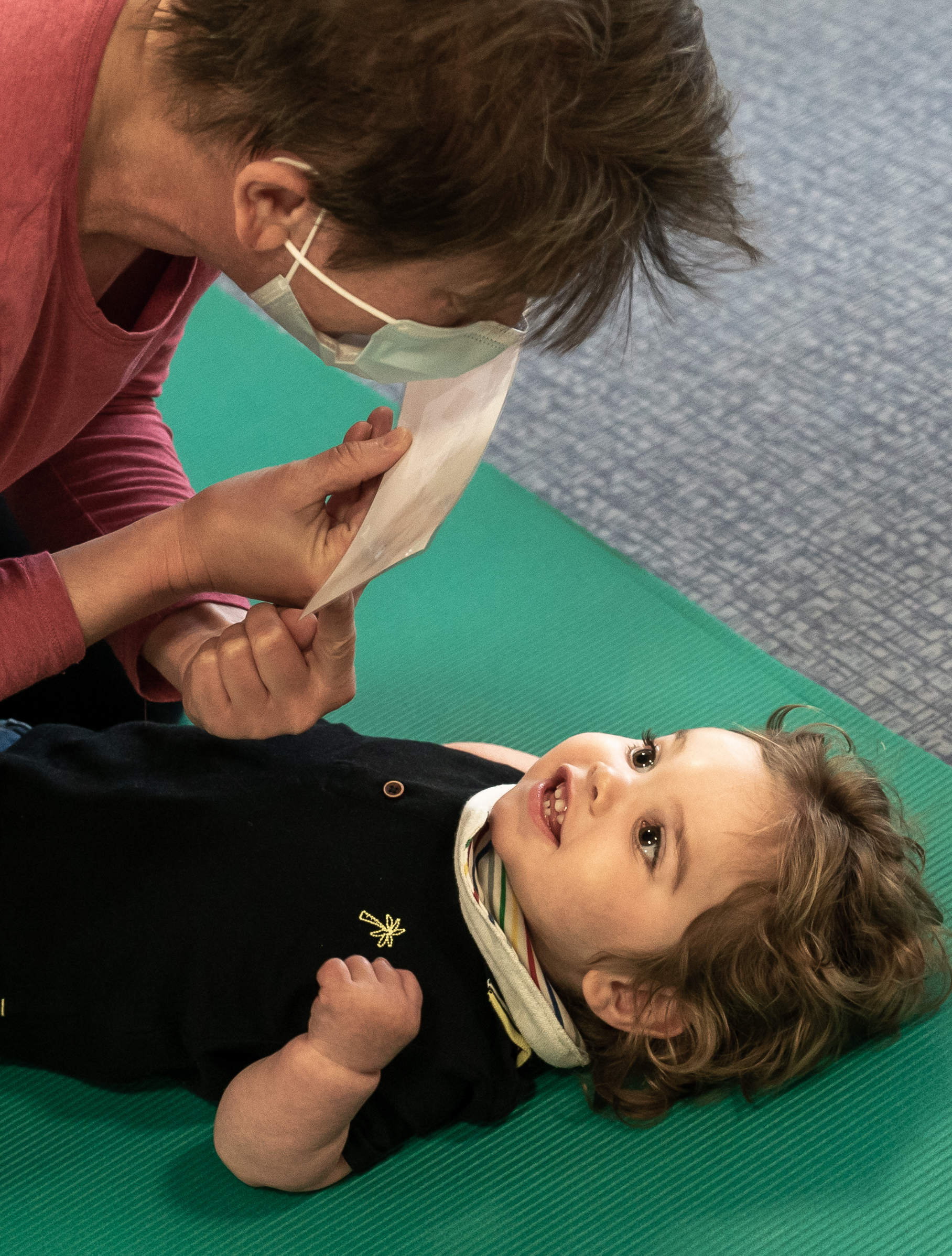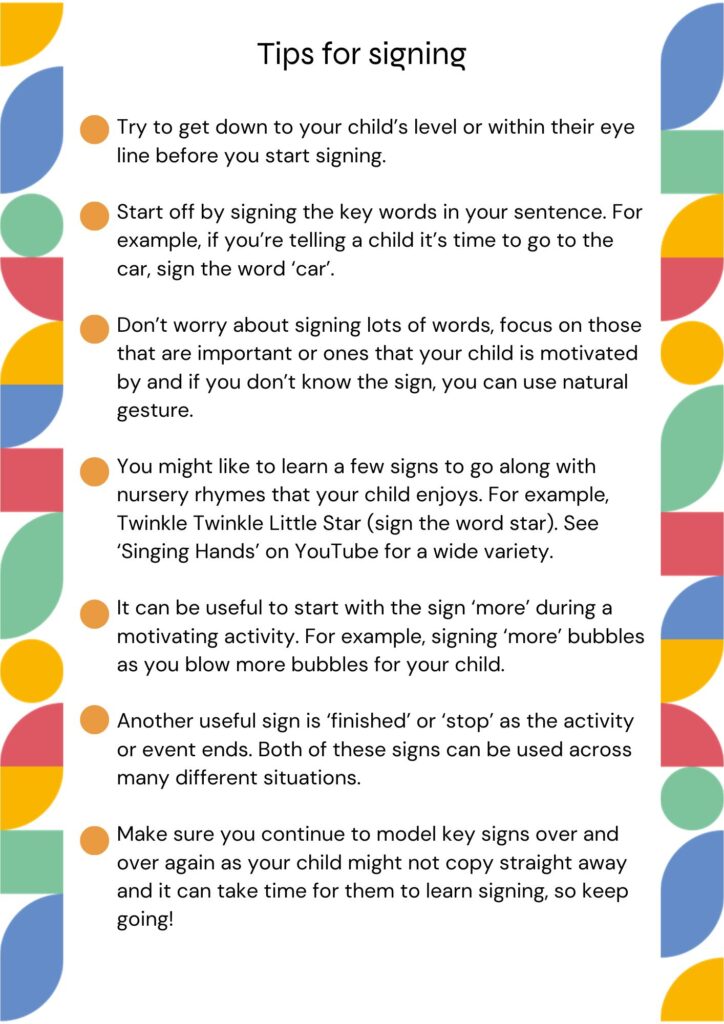Signing – how can it help your child?
Signing, also known as sign language, is a means of communication that can be used alongside spoken words or as an alternative means of communication for those who are not yet able to speak.
How can signing help your child to understand spoken language?

How can signing help your child to understand spoken language?
Signing can help children to understand spoken language. If they are not able to communicate verbally, signing may also help them to express themselves and be understood by others, provided they have the required fine motor skills.
British Sign Language is recognised as an official language of Britain. It is complex and includes grammar, e.g. marking plurals, word order. It is often used by Deaf people and their communication partners.
Key word signing is used alongside spoken language to support understanding and to help people express themselves. There are several key word signing systems used in Britain including Makaton, Signed Supported English and Signalong.
Research has proven that using signing helps children’s development of spoken language.
British Sign Language is recognised as an official language of Britain. It is complex and includes grammar, e.g. marking plurals, word order. It is often used by Deaf people and their communication partners.
Key word signing is used alongside spoken language to support understanding and to help people express themselves. There are several key word signing systems used in Britain including Makaton, Signed Supported English and Signalong.
Research has proven that using signing helps children’s development of spoken language.
How to start key word signing

How to start key word signing
A fun way to learn a few signs is through watching ‘Mr Tumble’ with your little one. You can also take a course, ask a Speech & Language Therapist, Nursery staff, or look online.
Click on the links below to see some examples.
How to sign Makaton – part 1
Session 1 – introduction to Makaton
Click on the links below to see some examples.

